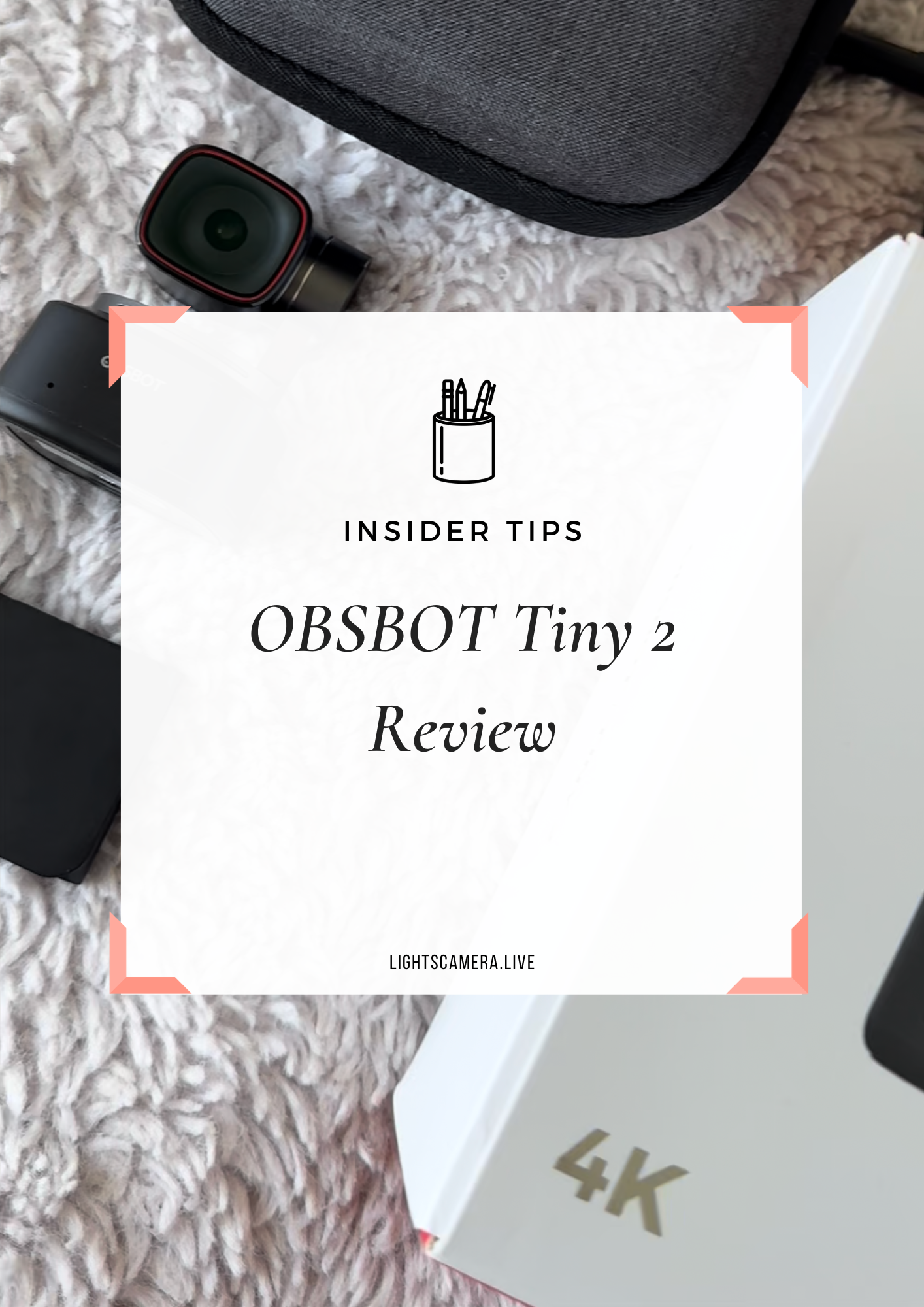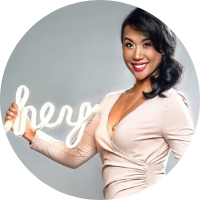Did you know that there’s tremendous potential for growth if you know how to leverage your email newsletters? Whether you’re keeping your audience informed about your latest livestreaming video, or sharing your latest blog post or sale, email is extremely effective.
And yet, Ann Handley, MarketingProf’s Chief Content Officer and author to the Wallstreet Journal Bestseller, Everybody Writes, hinted that email could be that one weapon businesses are underutilizing.
When Ann Handley spoke at Social Media Marketing World 2020, she mentioned an interesting statistic.
She found out that the Content Marketing Institute once surveyed the different businesses based in the US. Surprisingly, close to a hundred percent of the respondents have an email program.
What does that mean?
That means that the average subscriber could be dealing with hundreds of emails - even thousands - a day! And among all these emails, only a measly few get opened, much less read.
The sad part?
The majority of those emails end up in that little trash icon– never to be seen again.
I could only imagine how much time and resources are spent on those emails only to end up in the digital dumpster.
So, this leads us to the question:
How can you make YOUR emails stand out when your subscribers’ inboxes are already overflowing?
As marketers, where should we shift our focus to make our emails more effective?
And lastly, why should we even bother with email?
If you’re interested in going the extra mile to attracting readers who are genuinely interested in what you have to say, then this is for you.
Let me break down and share with you some of Ann Handley’s Key Takeaways during her talk at Social Media Marketing World 2020.
“Email is the only place where people, and not algorithms, are in control.”
For Ann, there’s more to email than just a part of a distribution or publishing strategy.
Email can be better at community-building than social media platforms, like Facebook, because email allows us to build our own kind of social network - only at slightly better terms.
Ann explained further than when you send an email to your readers, you are encouraging them to take action, such as respond to you or engage with you. And, these are very similar traits of social media.
Ann continued, “There’s a social component to email - it allows direct one-to-one communication. The subscriber opted for the subscription. And to be in that space is a privilege.”
“The most important part of the newsletter isn’t the news. The most important part of the newsletter is the letter.”
To create a meaningful conversation with your audience, Ann strongly suggests shifting your focus. Instead of focusing on the ‘news’ part of the letter, aim towards the ‘letter’ part and begin building meaningful relationships with your audience.
How to craft a Kick-🍑Email Newsletter That People Clear Their Schedules to Read
Get personal: Write with only one person in mind.
Getting personal goes beyond addressing your readers by name. You also have to pay attention to your tone and the way you communicate - because you’re supposed to write a letter.
Are you familiar with how Warren Buffet, the famous American business magnate, writes?
As the Chairman of the Board of Berkshire Hathaway, every year, Warren Buffet sends out reports to its shareholders, informing them how the company’s been doing in the previous year. Although the report discusses complex financial concepts and trends, it’s fascinating how most readers anticipate its annual release.
How does Warren Buffet make his reports sound so personal and yet professional at the same time?
Why do his readers anticipate reading his reports?
What is his secret?
Even though Warren Buffet writes to tens of thousands of people, he writes as if he’s writing to only one person - his sister, Doris. In his mind’s eye, he carefully thinks about how he should explain complex financial situations to Doris.
Doris may be smart, but to keep her interested in what he has about to say about the company and the business, he needs to keep the discussion simple and easy-to-understand. Doris doesn’t need to know every financial jargon there is, but she doesn’t want to be treated like a 5-year-old either.
Whenever Warren writes his annual reports, he focuses on Doris and Doris alone. Ann Handley believes this is so powerful. She even calls writing for one person a superpower.
According to Ann, Doris is the proxy for the Warren Buffet’s entire audience. Although Warren Buffet does not explicitly mention Doris in any of his newsletters, he has her in his mind’s eye.
Ann strongly suggests that if you’re writing for an audience, you should do the same thing Warren Buffet does - write for your ideal subscriber.
To do this, just imagine how you could convey your message to that one person - be it a Crispin or an Ashley, your mother, or even a friend. And when you do that, focus on that person, and ignore the rest.
After all, you can’t address everybody and their needs and wants. There will always be people who are not going to be a good fit for your message. That’s okay. Just focus your message on YOUR Doris - your target audience.
Be more engaging and conversational.
When it comes to newsletters, you don’t have to sound overly formal. Because at the end of each receiving line, is a human, whom you could build a meaningful conversation with.
CB Insights, a data company with a subscriber list of over half a million, starts each email newsletter with a “Hi there” and ends with an “I love you.”
The CB Insights CEO, as Ann would recall, is a super-serious guy running a super-serious business. And while he starts his letter with a warm “Hi there” and an unusual closing of an “I love you,” each newsletter he sends still delivers lots of useful information about technology. That’s how CB Insights grew from 4000 subscribers to a little over half a million in a few months.
Although this is quite an unusual approach, Ann thinks that this is a brilliant way of warming to your audience. It gives the impression that the CB Insights CEO is a human; he is approachable, and he is somebody you could talk to as a friend.
However, with your email newsletters, you don’t have to end each letter with an I love you just to encourage engagement from your audience. Be creative. Strike a conversation by encouraging your audience to reply to your emails, and don’t be like everybody else who uses a “no-reply” email address.
Go for less promotion and more information.
Here’s one thing to keep in mind: audiences don’t care much about what you have to say UNLESS it benefits them.
So, it’s better to talk less about you and your company and make it all about the audience. Make it about YOUR Doris, your recipient, and not about your brand.
Come to think of it:
What is it that your ideal audience (aka YOUR Doris) wants?
Why do they need to read your newsletter?
How will your newsletter benefit them? Will it educate them? Entertain them?
Capture Doris's attention by letting them know right off the bat what’s in it for them if they read your newsletter. Don’t just give your readers a headline or a link. State in the headline why YOUR Doris should read your email.
Have a scheduled live video coming up, or an event you’re putting on? Tell your audience, of course, but tell them why they may be interested and what they can expect to gain from tuning in.
Be relevant and believable.
“Be specific enough to be believable and universal enough to be relevant,” Ann advised.
When you write to one person, add supporting details to your claims. If you could successfully convince YOUR Doris, you get to convince so many people as well.
You may only be speaking to one person in your mind’s eye, but you somehow become relevant and universal to so many people - your Dorises. That may be the irony behind it, and it works. It worked for Warren Buffet and all the rest who employ this method.
Keep your newsletter valuable - no matter how long it takes.
“Don’t fear the scroll. After all, there really is no benchmark for what is going to work for you or with your audience,” Ann Handley said when she was asked how long should an email newsletter be.
She suggests constantly testing various email lengths and determining which ones are going to work for you and your audience. The same also goes with your frequency.
And if you think longer emails are just a waste of your reader’s time, think again. For as long as you’re imparting valuable information, it might still work, and your reader might even want to scroll down for some more. It could also translate into better engagement.
Emails should come from somebody important.
“The email newsletters should come from somebody important in your organization because it’s THAT important,” Ann emphasized.
She continued, “Your email subscribers gave you a very special opportunity - and that is, for you to be able to communicate with them directly. So, emails are too precious to entrust to people who don’t hold a significant position in your company.”
Also, develop a tone and style that’s uniquely you, so that your audiences will know who the letter’s from at an instant. Your tone and voice should be embedded in who you are as a company and a brand voice.
This is how you build an email audience that cannot wait to hear about you and when you’re going to be livestreaming next. And if you’re remotely producing live video for other brands, you owe it to them to make sure they’re taking advantage of email and bringing their captivated subscribers to each and every show.





